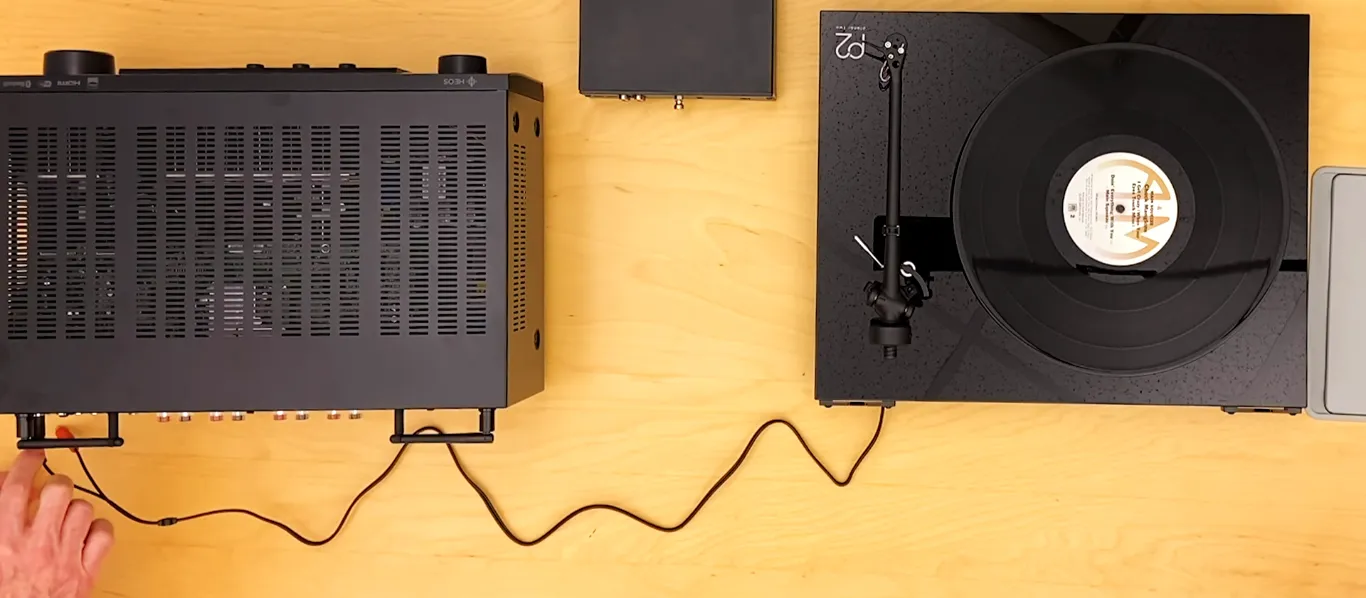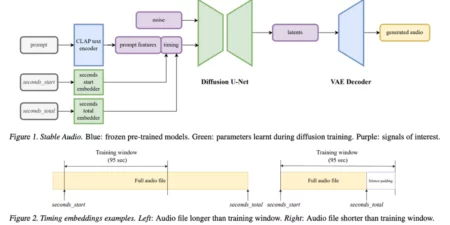Ensuring a perfect grounding of a turntable is the key to enjoying the real feel of playback. It gives a smooth roadmap to the records, and you get to listen to vibrant tunes free from all disturbances and electric interference. If you know how to ground a turntable properly, you can surely enjoy the perks and perquisites of pure sound. Reducing noise and hum is the central role of grounding.
When you learn to establish a strong connection between the audio system and the turntable, you find that grounding is the critical component. It minimizes the buzz and enhances the overall audio quality to get your ears the best sound treat ever. So, if you are looking for ways to make your listening experiences better than ever before, you need to stick to the information below.
What is Grounding A Turntable?
It creates a connection between the receiver and the turntable to reduce interference for the ultimate smooth audio transmission. It keeps the electric energy from the audio signals to get you pure sound. It is a great help for the record to base appropriately through a grounding wire. You must achieve the grounding to enjoy audio free from hum, buzz, and noise. Before I take you to the details, let’s learn why is my turntable skipping.

Why Need Grounding A Turntable?
Several reasons to prioritize grounding include improving audio quality, reducing hum, reducing the risk of acoustic feedback, minimizing vibration, enhancing the integrity of audio signals, and more. It primarily secures the equipment against electric interference and gives a long shot to the lifetime of the turntable.
Moreover, it improves the overall audio experience with an immersive feel. You can also use a turntable ground wire extension to expand the reach. You can easily connect an amplifier or a receiver from the grounding point. It makes your audio playback experience supremely unique and worth listening to.
Turntable Grounding Issues
Some potential pushers cause the grounding issue and make you think of learning in-depth. Let’s look at the points below.

- Unwanted Noise and Hum: If you do not care about the perfect grounding, the noise and hum will take over the original audio file.
- Acoustic Feedback and Inconsistent Performance: An incorrect and improper grounding may give birth to acoustic feedback that leads to vibration and disturbance. It makes the spine unstable and manipulates the original audio file.
- Interference and Bad Audio Quality: An improper grounding may also cause the electric inference, which is the potential pusher for buzz, hum, and noise. It makes the audio quality poor, and you do not get to listen to the original files perfectly.
- Equipment Protection and Cabling Issues: Potential electric energy can also affect the equipment and may damage it. Moreover, poor-quality turntable wiring may also put your audio experience in hell.
How to Ground A Turntable to A Receiver?
Here is how to ground a turntable to a receiver or an amplifier. It takes nothing but five simple steps. DIY turntable ground wire helps you enhance the adornment of the system, and it looks attractive. Let’s find the steps below.

1) Locate Grounding Terminal
It would help if you found the grounding terminal on her turntable; the correct location is inevitable for a perfect grounding.
2) Use and Connect Ground Wire
Now, you need to find a grounding wire that will help you connect the turntable to the receiver. Before you connect both, you need to ensure the cable is of premium material.
3) Choose Grounding Point
When you are ready to connect the receiver to the turntable, you also need to find the receiver’s grounding point. There will be a designed spot that will help you trace it down.
4) Secure and Check Connections
Anything can happen due to electrical energy, so you must ensure both connections are safe and secure. Moreover, you need to check other audio cables for the ultimate safety of the turntable.
5) Avoid Loops
You must avoid creating loops between the connections to minimize potential interference. Can you ground the turntable to anything? Yes, you can. And how can you ground a turntable without a ground wire? You can use an adapter and an RCA cable for the job.
If your receiver is not offering a ground point, you still have to try connecting the turntable to any metal part of the receiver, and it will surely help you gain the desired outcomes.
Yes, it would help if you found the turntable at any cost to avoid disturbance and interference for the ultimate high-quality audio sessions. It improves the sound quality, and you enjoy listening to your favorite records.
You can connect the ground on a receiver or an amplified one after discovering the ground point. You may find it labeled as GND or GROUND. It is a fair enough symbol to help you trace the exact point of the ground.
I hope you have enjoyed learning how to ground a turntable. It is so easy to keep a check for perfect grounding because it is inevitable for stable and excellent original audio. You will get the best audio results once and if you ensure an ideal grounding. If electrical energy plays havoc with audio signals or the printable is unstable, you must create a good connection between the receiver and the turntable through grounding.
Final Thoughts





